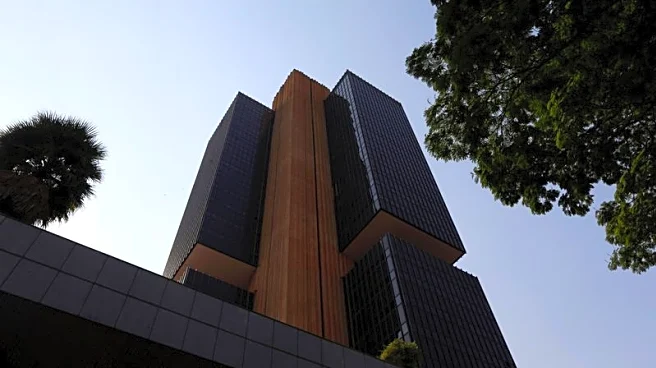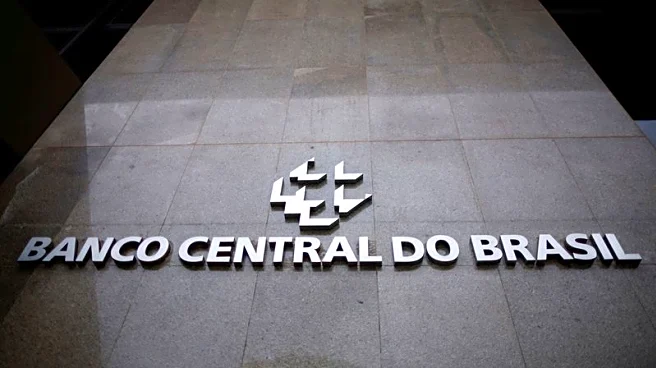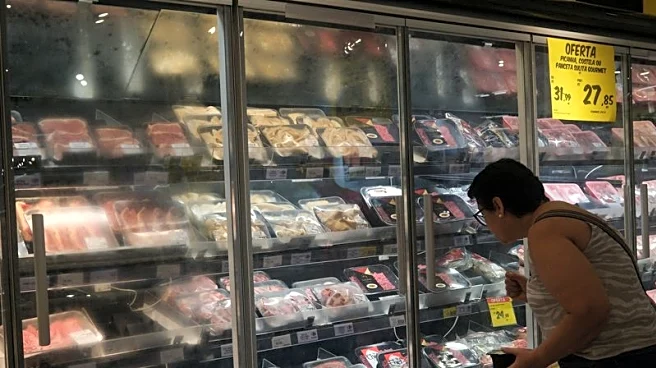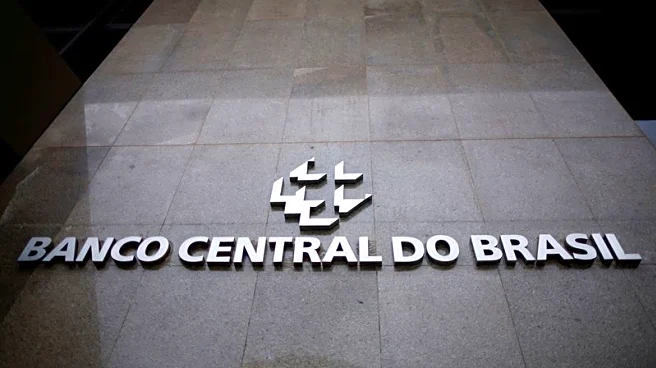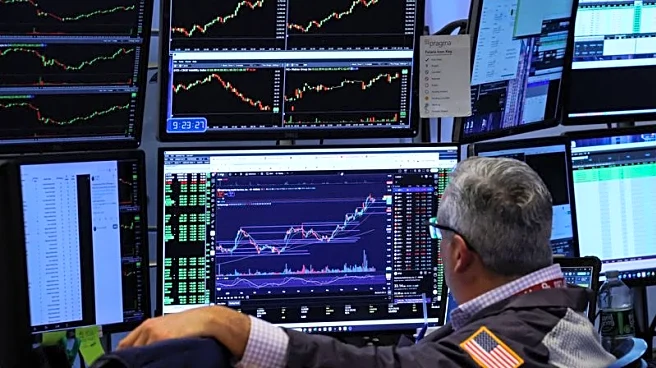By Fabricio de Castro
SAO PAULO (Reuters) -Brazil's fiscal balance will become a top priority from 2027 regardless of the outcome of next year's presidential election, Goldman Sachs' head of Latin America
macroeconomic research, Alberto Ramos, told Reuters.
Even if President Luiz Inacio Lula da Silva secures a fourth non-consecutive term, fiscal policy will need to shift from the current approach, which has seen rising revenues alongside increased spending.
"A fourth Lula term cannot repeat his third term's fiscal management," Ramos said, warning of potential market volatility or even a financial crisis.
Brazil's current fiscal targets include a zero primary result for 2025 and a surplus of 0.25% of gross domestic product (GDP) in 2026, with a tolerance margin of 0.25 percentage points – meaning that in the worst-case scenario, the government could post a 0.25% deficit this year and still meet its goal.
However, Goldman Sachs estimates Brazil needs a primary surplus above 2.5% of GDP to reverse its rising debt trajectory. Ramos said a fiscal adjustment of 3 percentage points of GDP is still required.
Central bank data shows gross public debt reached 78.1% of GDP in September, the highest since November 2021. It stood at 71.7% at the end of former president Jair Bolsonaro's term.
Treasury projections show debt rising to 84.2% of GDP by end-2028 before declining. Ramos cautioned that stabilizing debt at high levels could leave Brazil vulnerable to future shocks.
Recent polls show Lula leading the 2026 race. Ramos noted that markets may rally if an opposition candidate gains traction, but emphasized that investors respond to sound policies, not ideology.
On monetary policy, Goldman expects the central bank to begin cutting the Selic benchmark rate, currently at 15%, in January, though Ramos sees a chance of a delay to March or later, citing resilient activity and election-year spending.
(Reporting by Fabricio de Castro; Editing by Alexandra Hudson)
